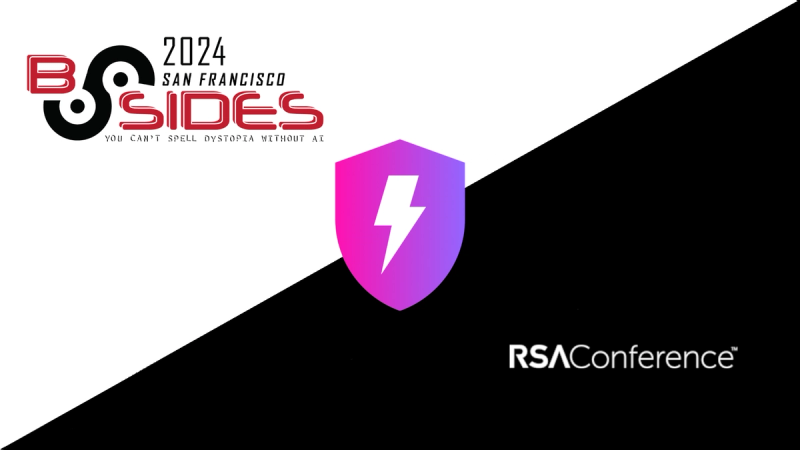react-hook-recaptcha
React hook for google-recaptcha v2
A tiny hook with less than 1KB bundle size (after minified + gzipped) as per https://bundlephobia.com/result?p=react-hook-recaptcha
Install
// with npm
npm install react-hook-recaptcha
// with yarn
yarn add react-hook-recaptcha
useRecaptcha hook parameters explanation
* @param {Object} config configuration of recaptcha
* @param {string} config.containerId ID of the container to render the recaptcha widget
* @param {string} config.sitekey client-side sitekey
* @param {string} config.size the size of the widget. Value can be either of "normal", "compact", "invisible"
* @param {string} config.theme The color theme of the widget. Value can be either of "dark" or "light". This is only applicable to checkbox recaptcha
* @param {string} config.badge Reposition the recaptcha badge. Value can be either of "bottomright", "bottomleft", 'inline'. 'inline' lets you position it with CSS. This is only applicable to invisible recaptcha
* @param {Function} config.successCallback executed when the user submits a successful response and passes the challenge if it prompts up. The g-recaptcha-response token is passed to the callback.
* @param {Function} config.expiredCallback executed when the recaptcha response expires and the user needs to re-verify.
* @param {Function} config.errorCallback executed when recaptcha encounters an error (usually network connectivity) and cannot continue until connectivity is restored. If you specify a function here, you are responsible for informing the user that they should retry.
Examples
Example 1 - Checkbox/display reCAPTCHA

Codesandbox demo: https://codesandbox.io/s/userecaptcha-example-checkbox-ogppw?file=/src/App.js
import React, { useState } from "react";
import { useRecaptcha } from "react-hook-recaptcha";
const sitekey = "6LeIxAcTAAAAAJcZVRqyHh71UMIEGNQ_MXjiZKhI";
const containerId = "test-recaptcha";
export default function CheckboxCaptcha() {
const [captchaResponse, setCaptchaResponse] = useState(null);
const successCallback = (response) => {
setCaptchaResponse(response);
};
const expiredCallback = () => setCaptchaResponse(null);
useRecaptcha({
containerId,
successCallback,
expiredCallback,
sitekey,
size: "normal",
});
const submitHandler = (e) => {
e.preventDefault();
const inputNameValue = document.querySelector("#name").value;
alert(
`Hello ${inputNameValue} \n Recaptcha Response is: ${captchaResponse}`
);
};
return (
<form onSubmit={submitHandler}>
<h3>Enter a name and hit submit</h3>
<label htmlFor="name">name:</label>
<input
type="text"
id="name"
name="name"
style={{ marginRight: "10px" }}
/>
<button disabled={!captchaResponse} type="submit">
Submit
</button>
<p>This form is protected by Invisible Recaptcha</p>
<div id={containerId} className="g-recaptcha" />
</form>
);
}
Example 2 - Invisible reCAPTCHA - Programmatically invoke the challenge

Codesandbox demo: https://codesandbox.io/s/userecaptcha-example-invisible-tr32u?file=/src/App.js
It's more versatile to programmatically invoke the challenge. This way, you can control the flow of resetting and executing recaptcha. This example works well with form that requires validation. Whenever a form fails the validation, you can reset the recaptcha and get a new response in the new submit.
import React from "react";
import { useRecaptcha } from "react-hook-recaptcha";
const sitekey = "6LeIxAcTAAAAAJcZVRqyHh71UMIEGNQ_MXjiZKhI";
const containerId = "test-recaptcha";
export default function InvisibleCaptcha() {
const successCallback = (response) => {
const inputNameValue = document.querySelector("#name").value;
alert(`Hello ${inputNameValue} \n Recaptcha Response is: ${response}`);
};
const { recaptchaLoaded, recaptchaWidget } = useRecaptcha({
containerId,
successCallback,
sitekey,
size: "invisible"
});
const executeCaptcha = (e) => {
e.preventDefault();
if (recaptchaWidget !== null) {
window.grecaptcha.reset(recaptchaWidget);
window.grecaptcha.execute(recaptchaWidget);
}
};
return (
<form onSubmit={executeCaptcha}>
<h3>Enter a name and hit submit</h3>
<label htmlFor="name">name:</label>
<input
type="text"
id="name"
name="name"
style={{ marginRight: "10px" }}
/>
<button disabled={!recaptchaLoaded} type="submit">
Submit
</button>
<p>This form is protected by Invisible Recaptcha</p>
<div id={containerId} />
</form>
);
}
Example 3 - Invisible reCAPTCHA - Automatically bind the challenge to a button
Codesandbox demo: https://codesandbox.io/s/userecaptcha-example-bind-challenge-to-a-button-jxyjf?file=/src/App.js
It's very much like Example 2 but a bit simpler. The downside of automatically binding the challenge is that it doesn't work well if the form requires validation because this approach will have a problem resubmitting.
import React from "react";
import { useRecaptcha } from "react-hook-recaptcha";
const sitekey = "6LeIxAcTAAAAAJcZVRqyHh71UMIEGNQ_MXjiZKhI";
const containerId = "test-recaptcha";
export default function InvisibleCaptcha() {
const successCallback = (response) => {
const inputNameValue = document.querySelector("#name").value;
alert(`Hello ${inputNameValue} \n Recaptcha Response is: ${response}`);
};
const { recaptchaLoaded } = useRecaptcha({
containerId,
successCallback,
sitekey,
size: "invisible"
});
return (
<form>
<h3>Enter a name and hit submit</h3>
<label htmlFor="name">name:</label>
<input
type="text"
id="name"
name="name"
style={{ marginBottom: "20px" }}
/>
<button disabled={!recaptchaLoaded} type="submit" id={containerId}>
Submit
</button>
<p>This form is protected by Invisible Recaptcha</p>
</form>
);
}
Example 4 - useRecaptcha hook with a form library

Codesandbox demo: https://codesandbox.io/s/userecaptcha-example-using-with-react-hook-form-wyk4g?file=/src/App.js
useRecaptcha hook can work with any form libraries. Using react-hook-form for an example:
import React from "react";
import { useRecaptcha } from "react-hook-recaptcha";
import { useForm } from "react-hook-form";
const sitekey = "6LeIxAcTAAAAAJcZVRqyHh71UMIEGNQ_MXjiZKhI";
const containerId = "test-recaptcha";
export default function Form() {
const { register, handleSubmit, errors } = useForm();
const onSubmit = (data) => {
let outputMsg = "";
Object.keys(data).forEach((key) => {
outputMsg += `${key}: ${data[key]} \n`;
});
alert(outputMsg);
};
const successCallback = (response) =>
handleSubmit((data) => onSubmit({ ...data, catchaResponse: response }))();
const { recaptchaLoaded, recaptchaWidget } = useRecaptcha({
containerId,
successCallback,
sitekey,
size: "invisible"
});
const executeCaptcha = (e) => {
e.preventDefault();
if (recaptchaWidget !== null) {
window.grecaptcha.reset(recaptchaWidget);
window.grecaptcha.execute(recaptchaWidget);
}
};
return (
<form onSubmit={executeCaptcha}>
<input
type="text"
placeholder="Name"
name="Name"
ref={register({
required: true,
maxLength: 80
})}
/>
{errors.Name && <p>This field is required</p>}
<input
type="text"
placeholder="Email"
name="Email"
ref={register({
required: "This field is required",
pattern: {
value: /^\S+@\S+$/i,
message: "invalid email format"
}
})}
/>
{errors.Email && <p>{errors.Email.message}</p>}
<input type="submit" disabled={!recaptchaLoaded} />
<div id={containerId} />
</form>
);
}







